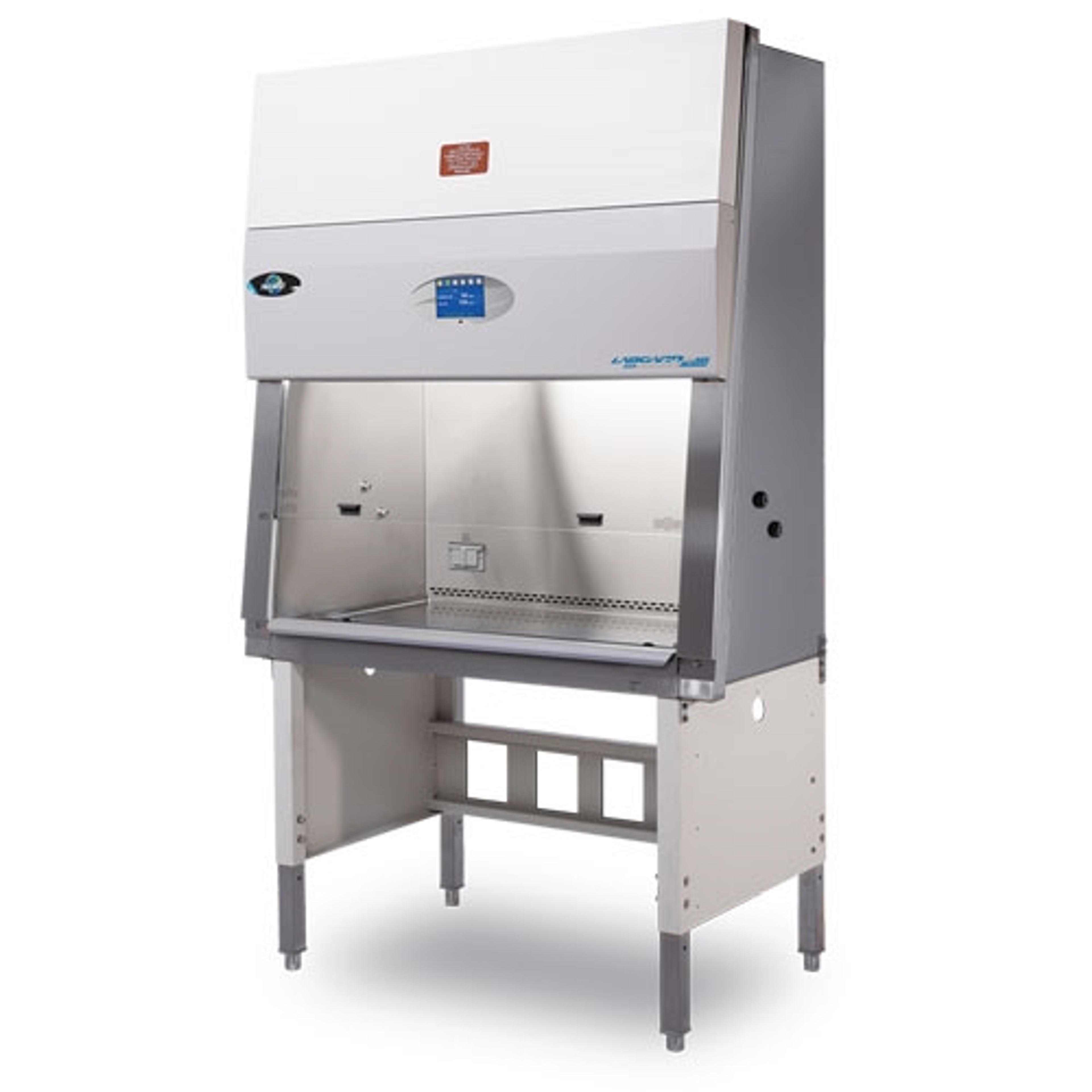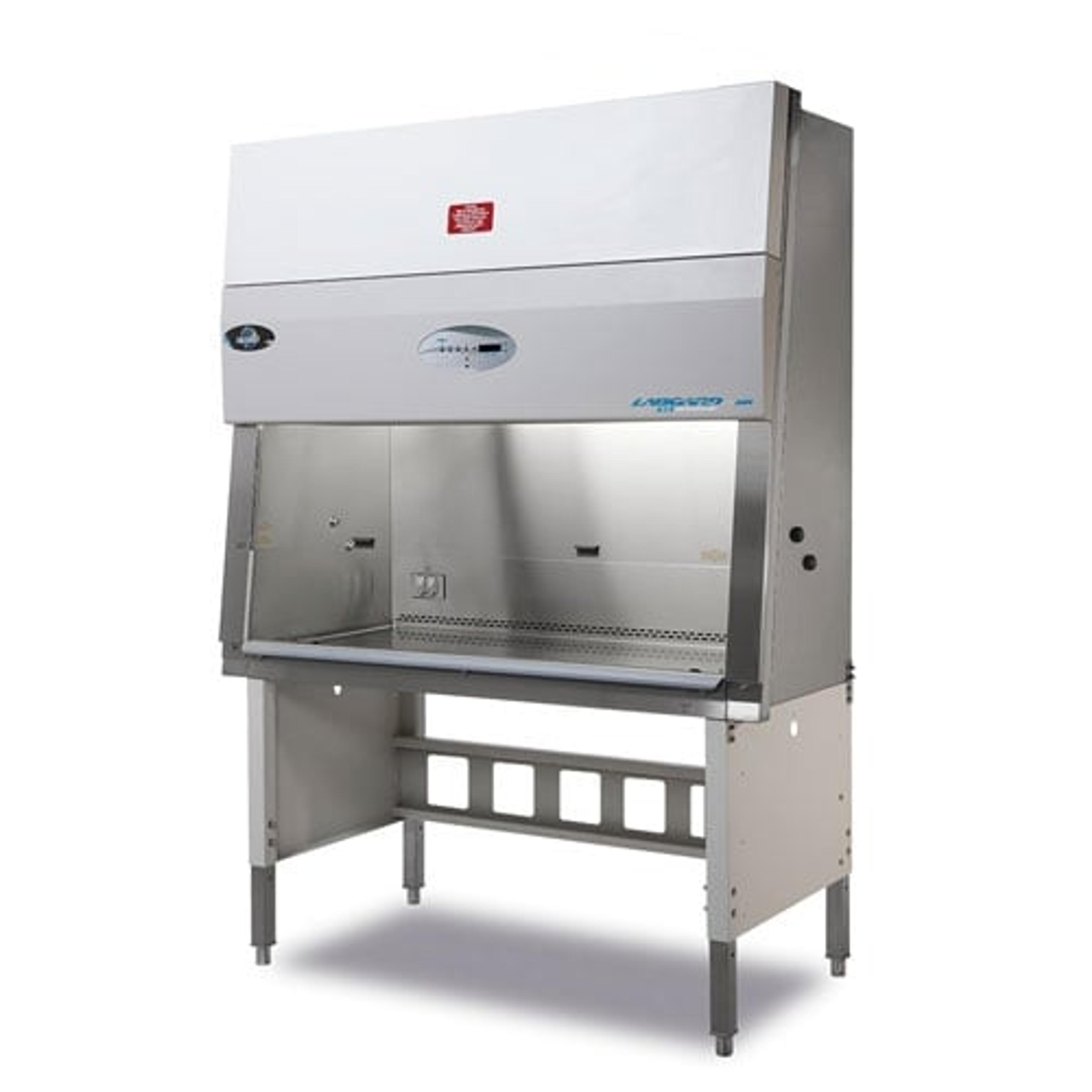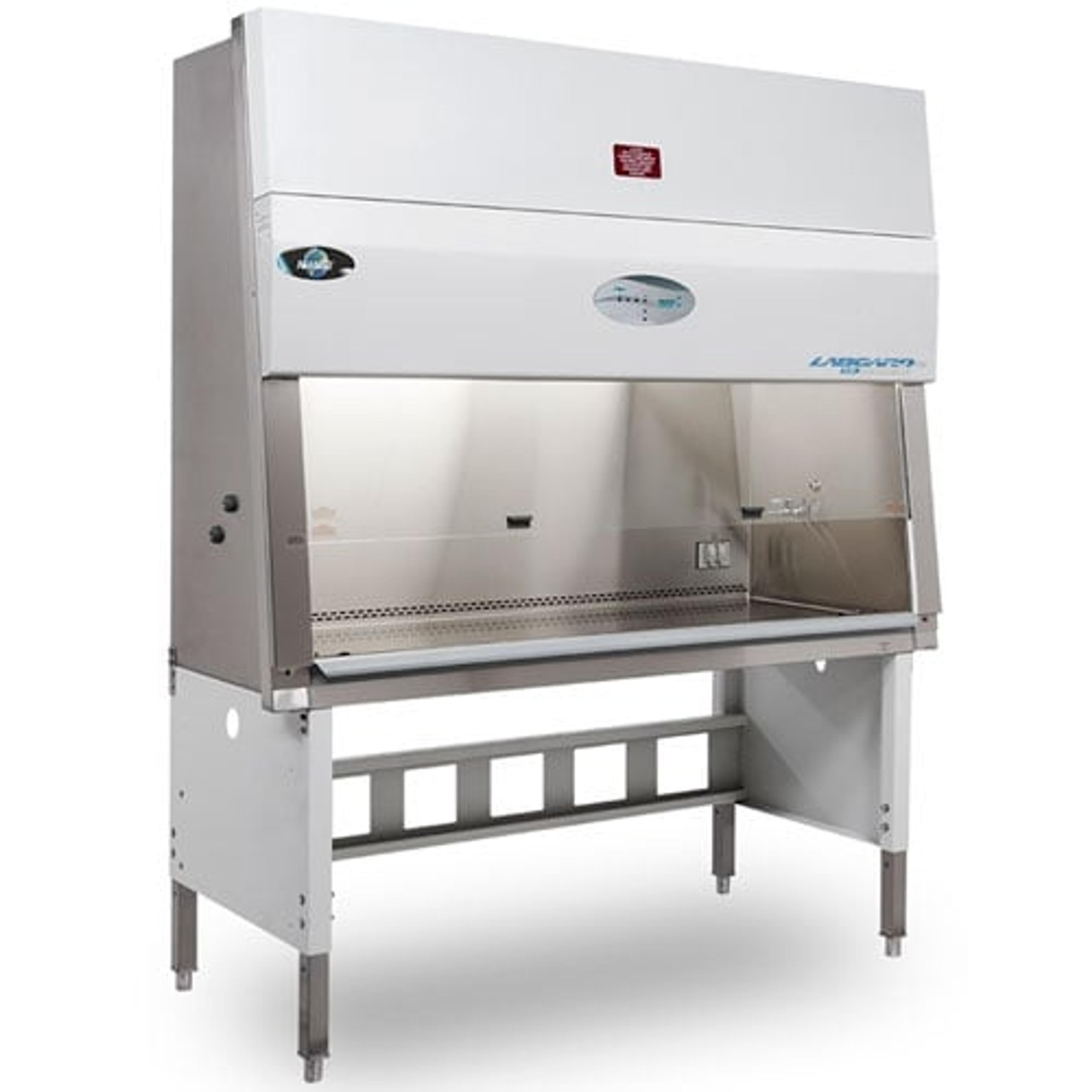Essential Equipment for Cell Culture: Tips and Resources to Improve Your Results
From CO2 incubators and biosafety cabinets to freezers and centrifuges, scientists share their experiences with the technology vital to their cell culture workflow
28 Nov 2018
Keeping cells contamination free is essential for experimental success, with both technique and technology playing a role. Hear from scientists working across a range of applications — from the development of new cell models to the production of virus-like particles — about the NuAire lab equipment they use to advance their research. Plus, access resources to help you improve your bench techniques.
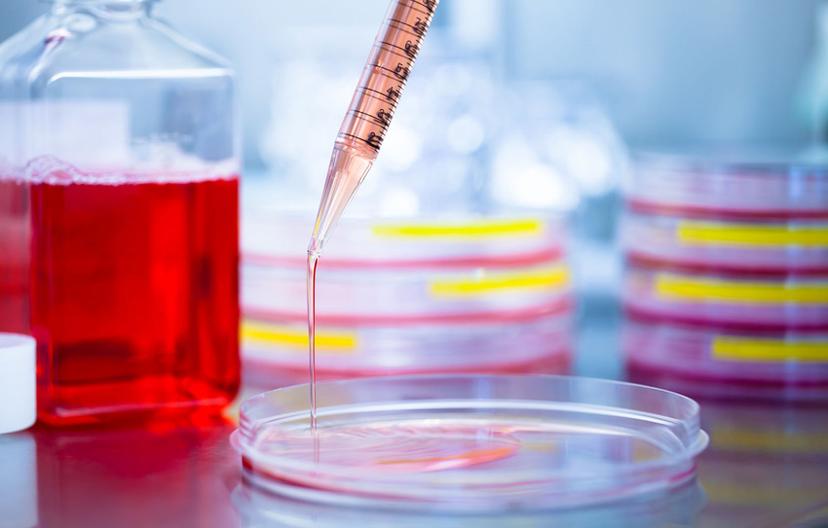
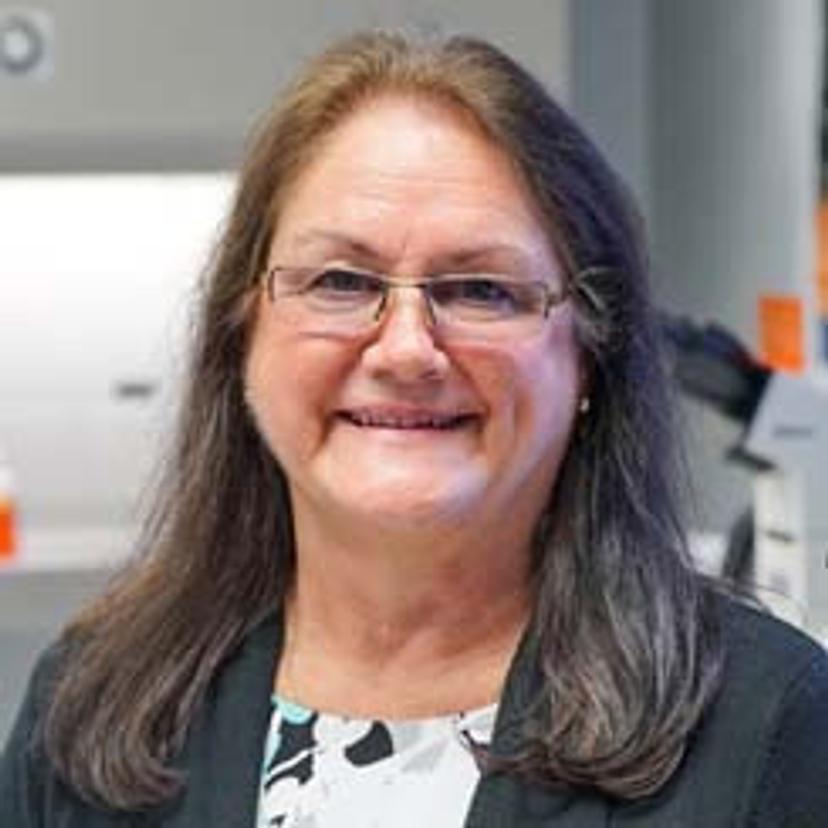
1. Preclinical: A Hepatic Cell Model for Long-Term Assays
Marsha Roach is Executive Vice President and a Co-Founder of PhoenixSongs Biologicals where she leads a scientific team to develop cell culture models so that they can be made available to other scientists. Working with both stem cells and mature cells, her lab is equipped with NuAire’s biological safety cabinets and CO2 incubators. Speaking highly of their role in protecting cells, Roach declares: “I’ve used many different kinds of incubators, but I’ve found that the NuAire is my preference.”

2. Drug Manufacturing: Bioprocessing Protein Therapeutics
Mannan K. Khambati is responsible for manufacturing all recombinant human therapeutic proteins at Bharat Serums and Vaccines, Airoli, Mumbai. The bioprocessing workflow for protein production involves cell culture work, such as cell sampling, inoculation, cell expansion, pooling, transfer and sample preparation, for which Khambati uses NuAire biosafety cabinets to provide “assurance of clean sterile air, without any risk of contamination.”

3. Vaccine Development: Combating the World’s Deadliest Viruses
Lizzie Clarke, graduate student of Dr. Steven Bradfute at the Center for Global Health, University of New Mexico, works on the development of virus-like particles (VLPs) as part of a mission to create new vaccines against filoviruses, such as Ebola. Both human and insect cell lines are vital to her work in the production of VLPs and the NuAire NU-540 Class II Biological Safety Cabinet and NU-9668 Ultra Low Temperature Freezer are staples in the Bradfute laboratory. Speaking of the ULT freezer, Clarke shares that “they have been performing really well for us. They are stable, and they have an excellent alarm system so that if someone leaves them open for too long, we find out about it.”
Watch more video interviews about the technology enabling better cell culture on The Scientists’ Channel.
Resources to improve your technique in the cell culture laboratory

